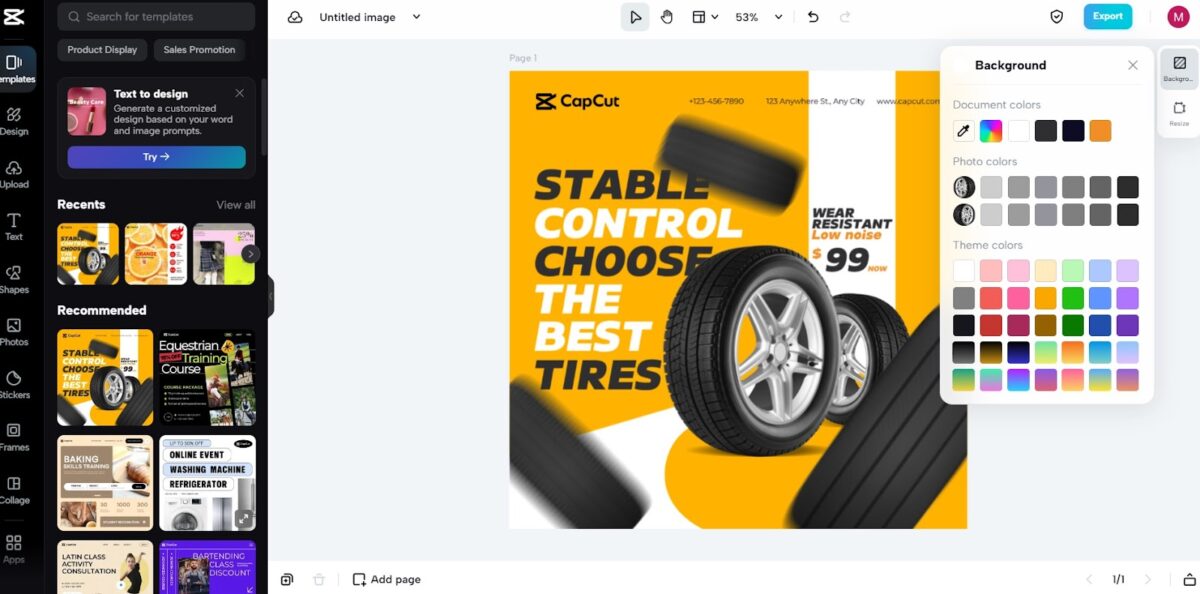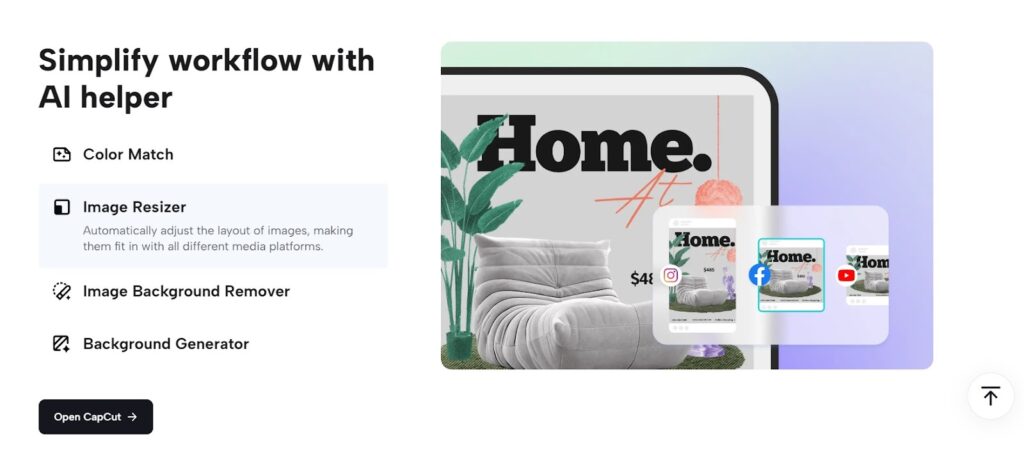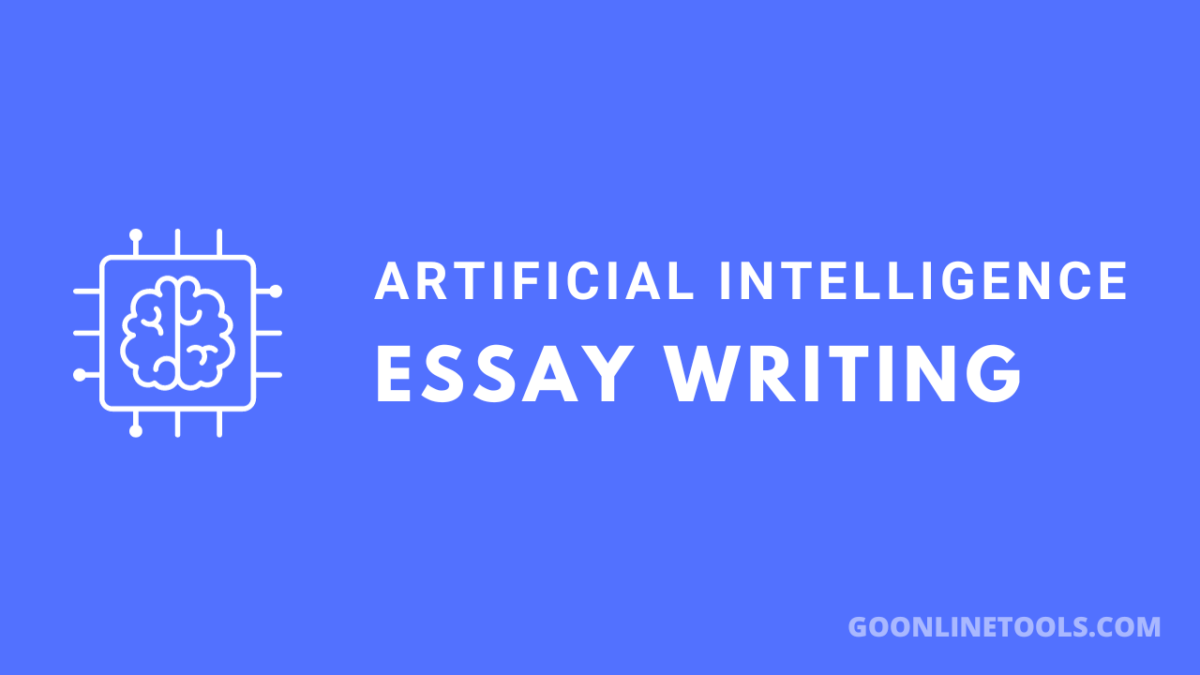In the ever-evolving landscape of business, staying ahead of the competition requires a deep understanding of the market. Conducting effective and insightful market research is the key to unlocking valuable insights that can guide strategic decision-making. From identifying emerging trends to understanding consumer behavior, mastering the market is a crucial aspect of business success. In this article, we will explore strategies to conduct market research effectively, with a special focus on the role of transcription services in enhancing the process.
Understanding the Basics of Market Research
Before delving into strategies, it’s essential to grasp the fundamentals of market research. At its core, market research involves gathering and analyzing information about a market, including its size, trends, and potential opportunities or challenges. This information is invaluable for businesses seeking to make informed decisions about product development, marketing strategies, and overall business growth.
1. Define Your Objectives Clearly
The first step in any successful market research initiative is to define clear objectives. What specific information are you seeking? Whether it’s understanding customer preferences, evaluating competitors, or gauging the demand for a new product, having well-defined goals will guide your research efforts.
2. Choose the Right Research Methods
There are various methods to collect market data, and the choice depends on your objectives and the nature of your business. Common methods include surveys, interviews, focus groups, and observations. Each method has its strengths and weaknesses, so it’s crucial to select the ones that align with your goals.
3. Leverage Technology for Data Collection
In the digital age, technology plays a pivotal role in market research. Online surveys, social media analytics, and web scraping tools can provide vast amounts of data quickly. Embracing technology not only streamlines the data collection process but also allows for real-time analysis, enabling businesses to adapt swiftly to changing market dynamics.
4. Dive into Demographics
Understanding the demographics of your target market is fundamental. Break down your audience by age, gender, income level, and other relevant factors. This information helps tailor products and marketing messages to specific segments, ensuring a more personalized and effective approach.
5. Utilize Geographic Insights
Geographic data is often overlooked but can be a goldmine of information. Analyzing regional preferences, cultural nuances, and economic factors can provide a comprehensive view of your market. This insight is particularly crucial for businesses with diverse or global customer bases.
6. Using Transcription Services in Market Research
Amidst the plethora of data collection methods, transcription services stand out as a valuable tool, especially in qualitative research. Whether it’s transcribing interviews, focus group discussions, or customer feedback, Gotranscript’s transcription services convert spoken words into written text. This not only facilitates analysis but also opens the door to advanced data processing techniques.
Transcription Services: Unveiling the Benefits
- Accuracy and Detail: Transcription services ensure accurate and detailed documentation of qualitative data. Every nuance, tone, and expression captured in interviews or focus groups can be revisited and analyzed with precision.
- Time Efficiency: Manual transcription is a time-consuming process. Utilizing professional transcription services allows researchers to focus on analysis rather than spending hours transcribing recordings. This efficiency is crucial, especially when time is of the essence in responding to dynamic market conditions.
- Easy Organization and Retrieval: Transcribed data is easy to organize and retrieve. Researchers can quickly search for specific keywords or phrases, making it simpler to identify patterns and trends within the data.
- Enhanced Analysis: With transcriptions in hand, researchers can use advanced analysis tools, such as sentiment analysis and keyword extraction, to gain deeper insights. This level of analysis goes beyond what is possible with raw audio recordings.
7. Conduct Competitor Analysis
Understanding your competitors is as important as understanding your customers. Analyze their strengths, weaknesses, market share, and strategies. Identify gaps in the market that your business can capitalize on, and learn from both the successes and mistakes of your competitors.
8. Stay Customer-Centric
Never lose sight of your customers. Regularly gather feedback, conduct surveys, and monitor social media to stay attuned to changing customer preferences. A customer-centric approach not only improves existing products but also informs the development of new ones.
9. Monitor Industry Trends
The business landscape is dynamic, with trends and technologies constantly evolving. Stay informed about industry trends to anticipate changes in consumer behavior and market demands. This foresight is essential for adapting strategies and staying ahead of the competition.
10. Embrace a Multifaceted Approach
Market research is not a one-size-fits-all endeavor. Employ a combination of quantitative and qualitative research methods to gain a comprehensive understanding of the market. The synergy between numerical data and qualitative insights provides a holistic view that is more actionable.
11. Iterate and Adapt
Market research is an ongoing process, not a one-time activity. Regularly revisit your research strategies and adapt them based on new insights and changing market conditions. Flexibility is key to staying relevant and responsive to the ever-shifting business landscape.
Conclusion
Mastering the market through effective and insightful market research is a continuous journey rather than a destination. By defining clear objectives, leveraging technology, and incorporating transcription services for qualitative data, businesses can unlock a wealth of information. From understanding customer needs to anticipating industry trends, the strategies outlined in this article provide a roadmap for businesses seeking sustainable growth in a competitive marketplace. Embrace the power of knowledge, adapt to change, and let market research be the compass guiding your business toward success.





















